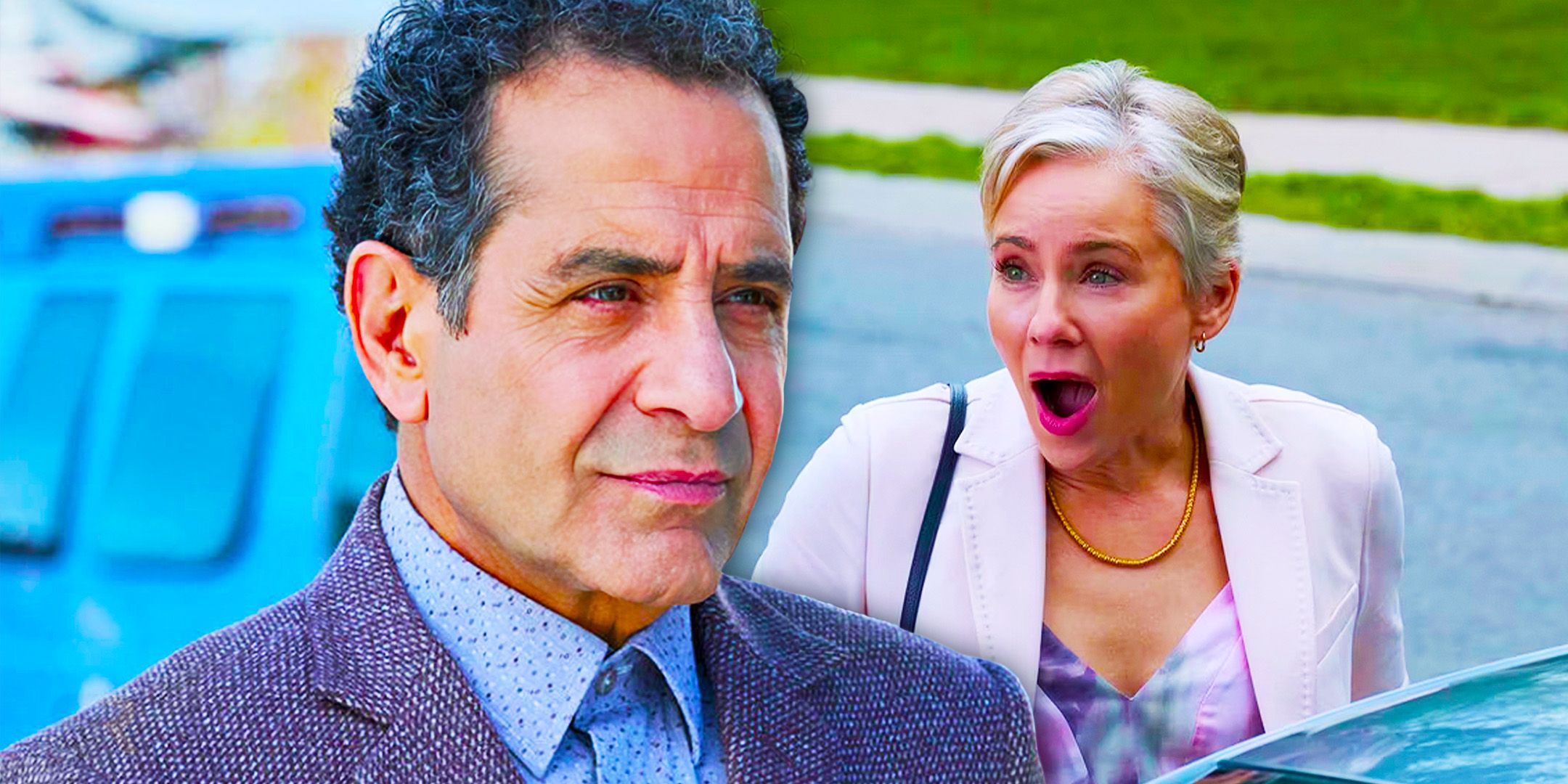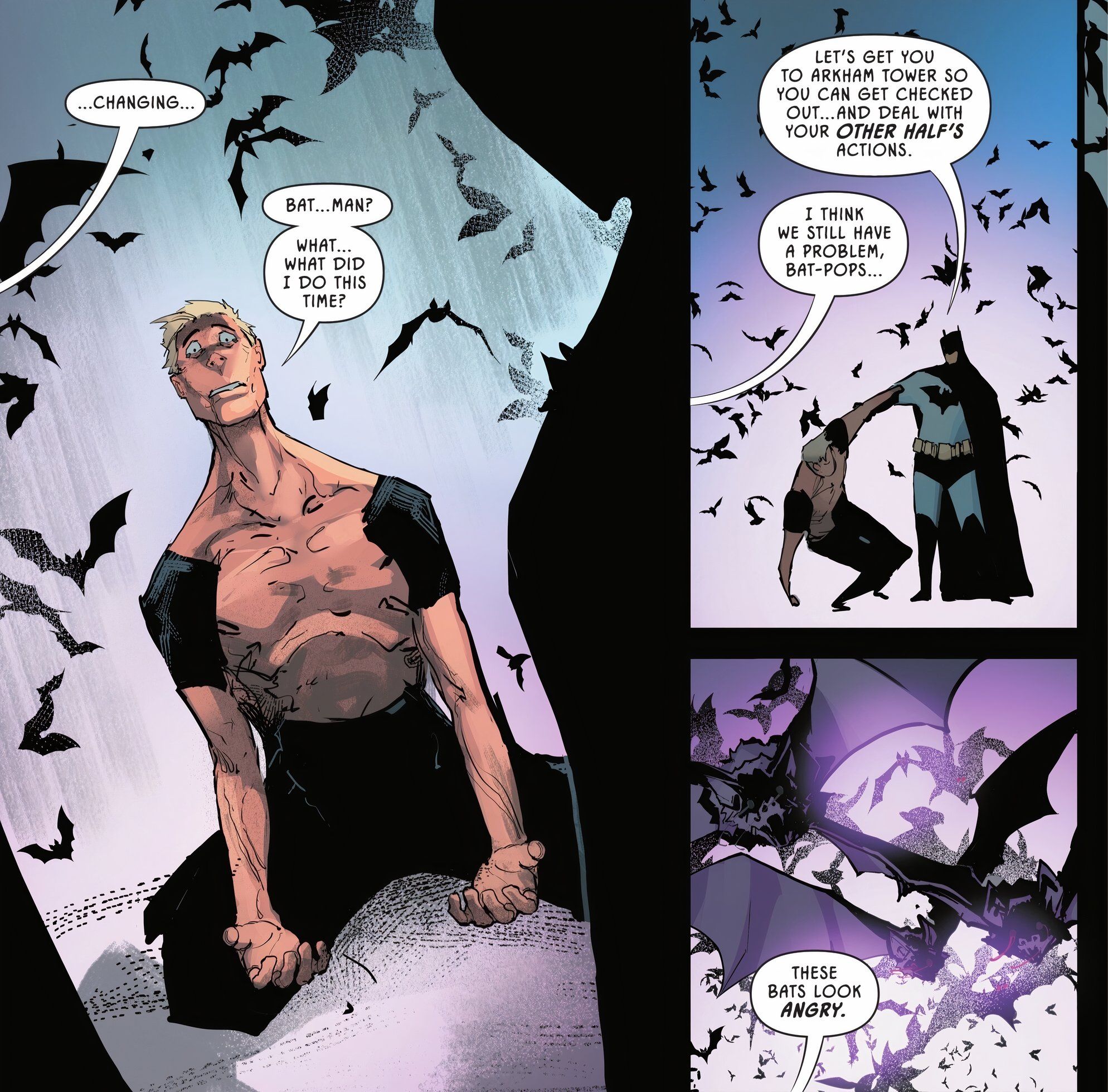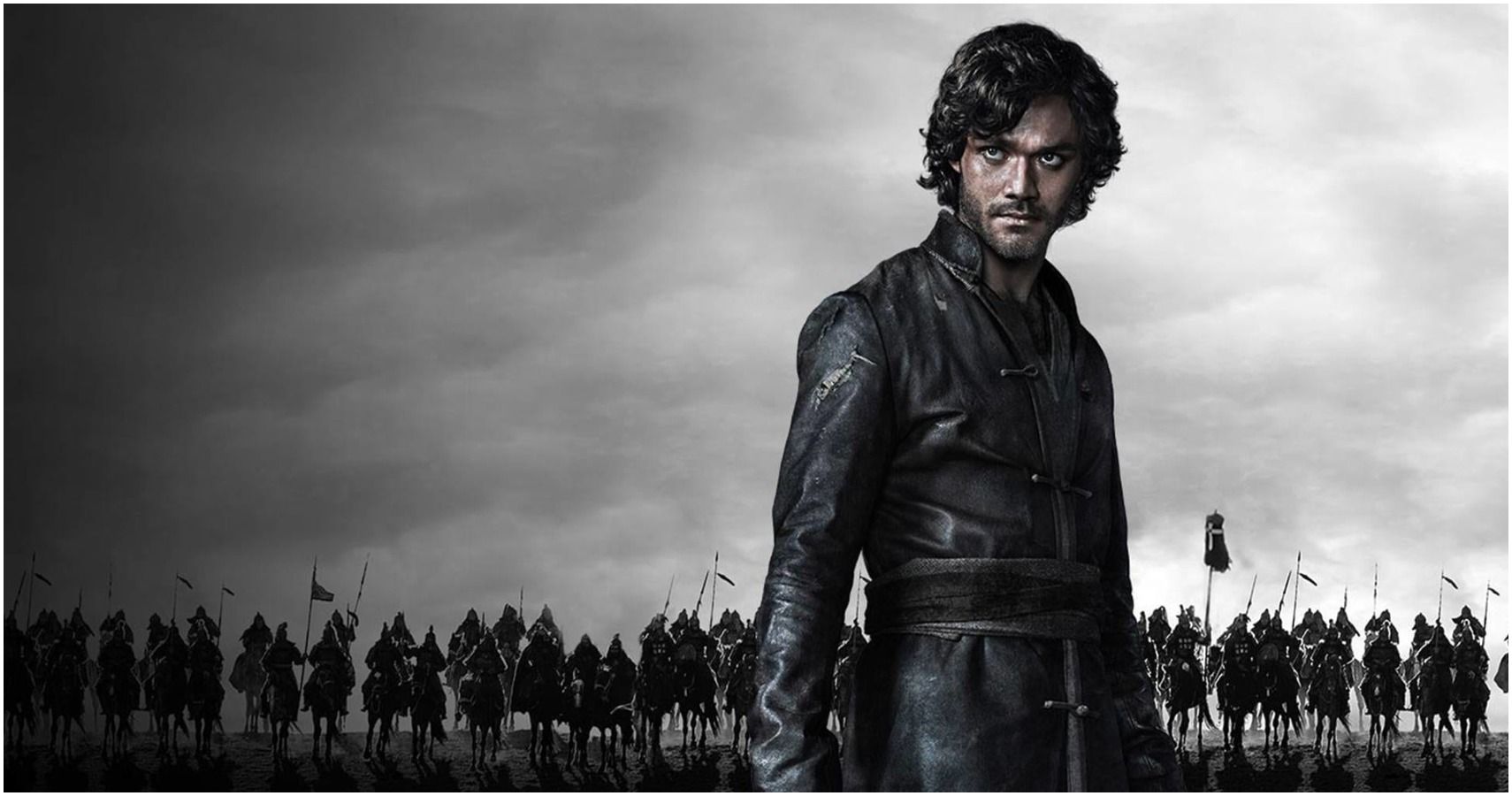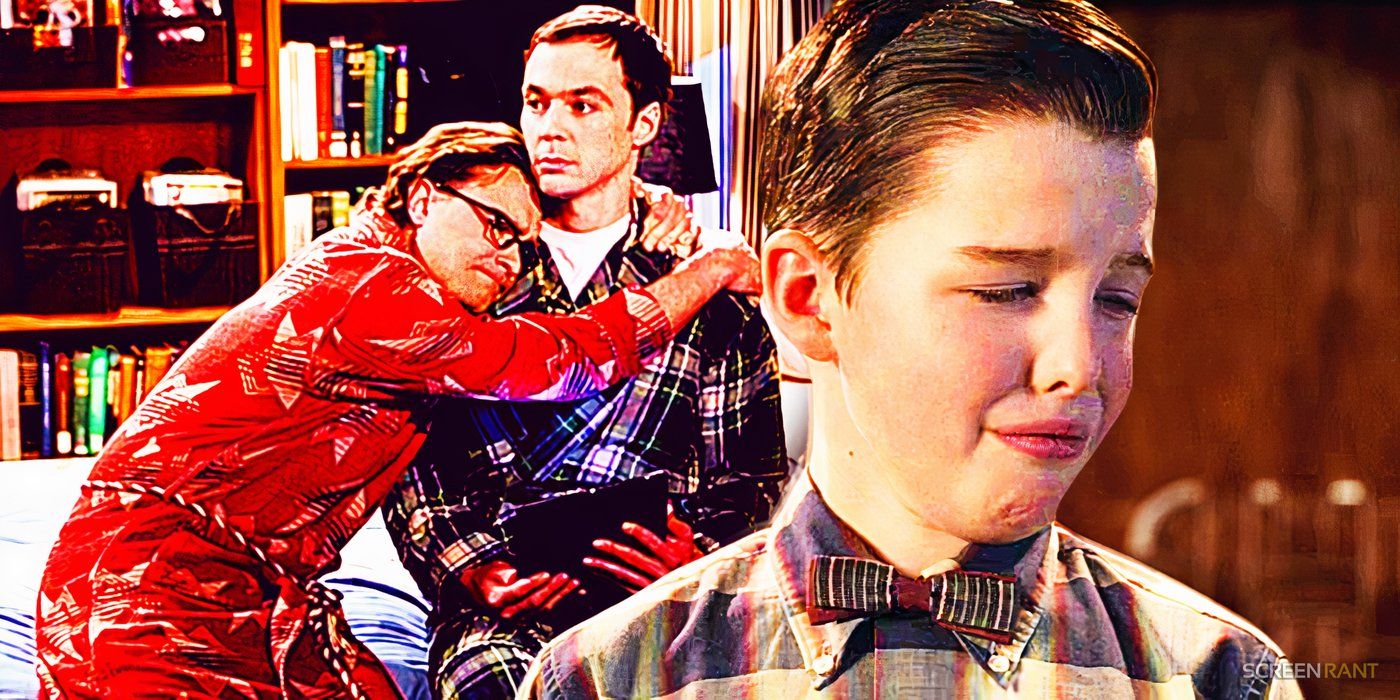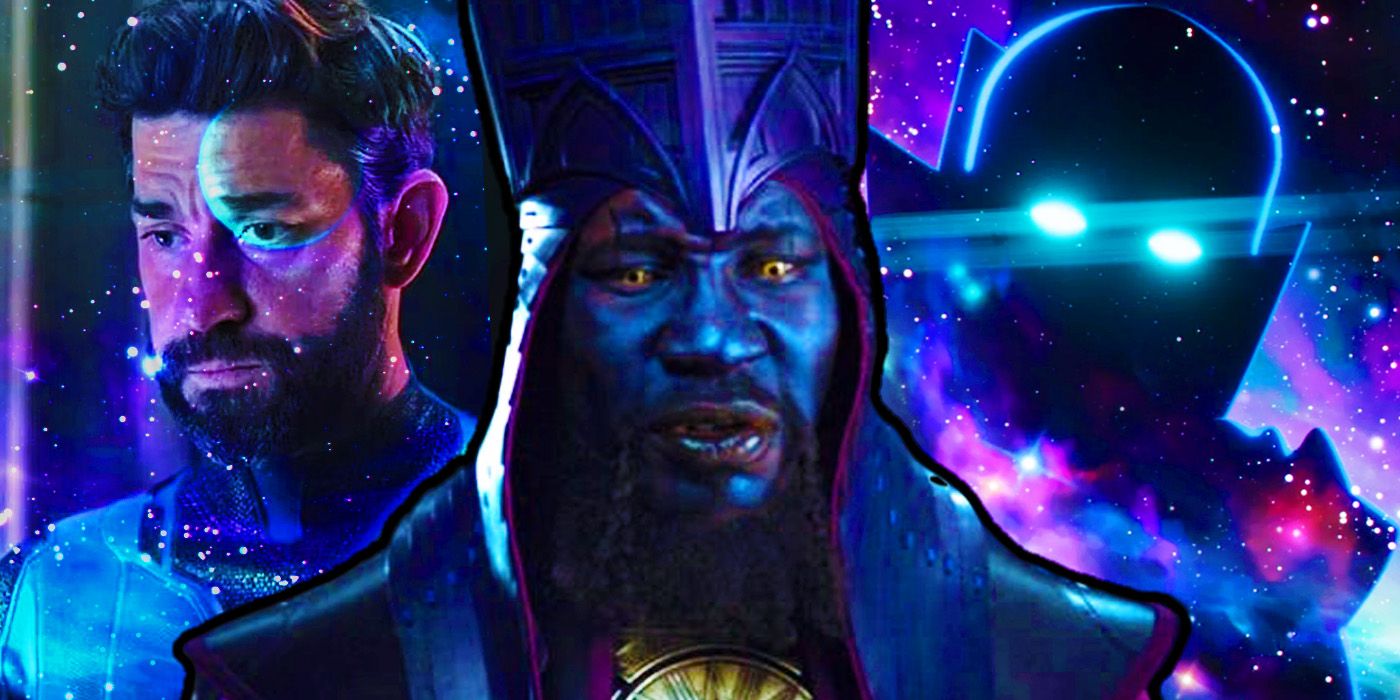Horror movie soundtracks have played an essential role in establishing the most revered classics in the genre. Music is used to suggest threats, create tension, and even jolt audiences with a shock. The best horror movie soundtracks, however, also build upon the movie’s themes and present them in a musically unsettling manner.
Sometimes, these soundtracks even become as iconic as the movies they’re made for. Indeed, soundtracks can make or break a horror movie, providing scares through musical gestures and flares that can supplement visuals. Additionally, the music used in horror movies can subtly convey a sinister theme to audiences.
10 The Wicker Man
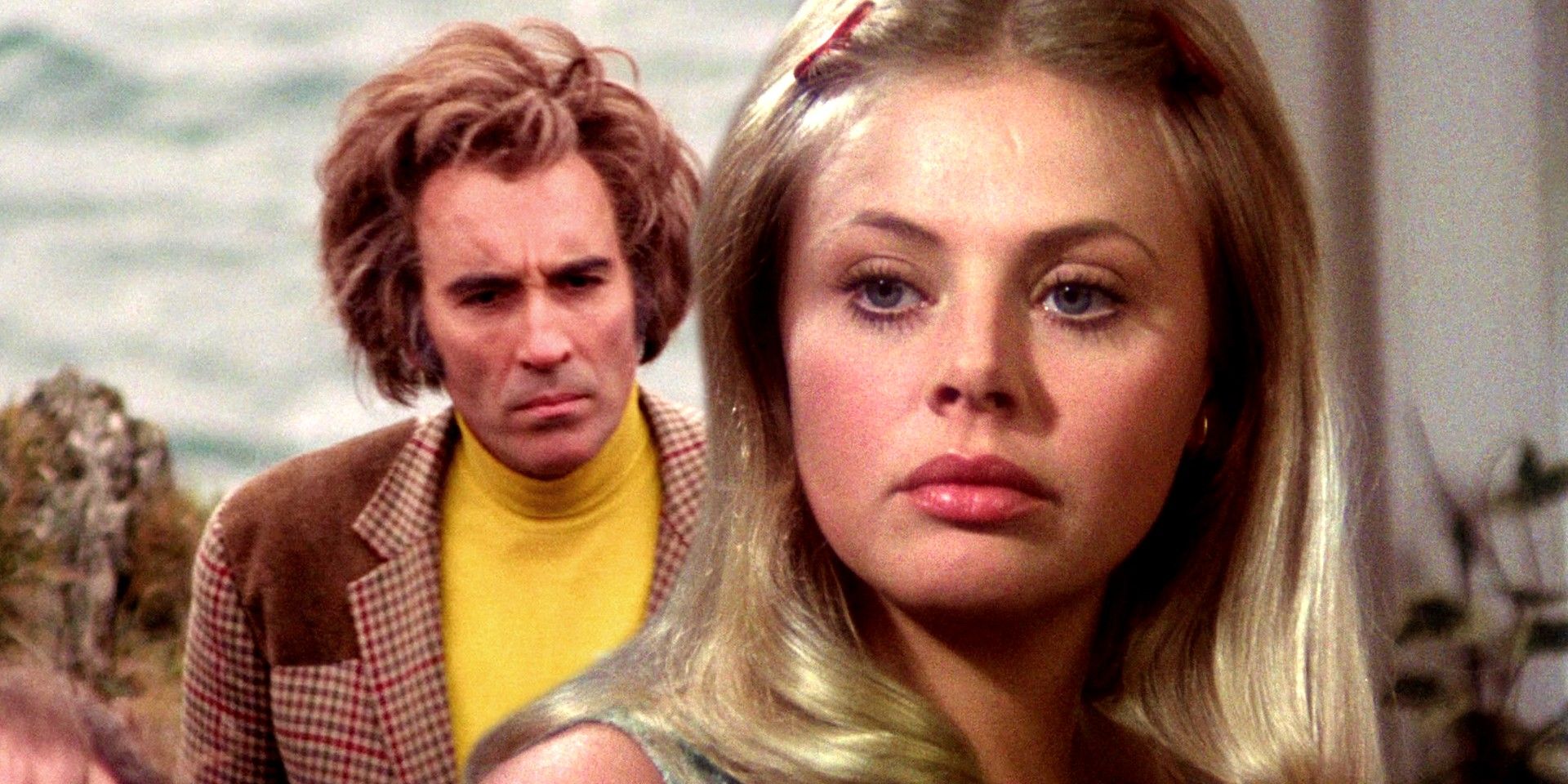
The distinctive soundtrack from The Wicker Man is comprised almost entirely of folk music. The soundtrack was arranged and performed by Paul Giovani and the band Magnet. Many of these compositions are adapted from traditional English music, which is deployed to chilling effect. The Wicker Man exploits the natural uncanniness of traditional music and uses it to conjure the notion of pre-Christian history. The historic folk songs represent the anachronistic pagan practices of the Summer Isle residents. This theme has since become synonymous with the folk horror subgenre.
9 The Shining
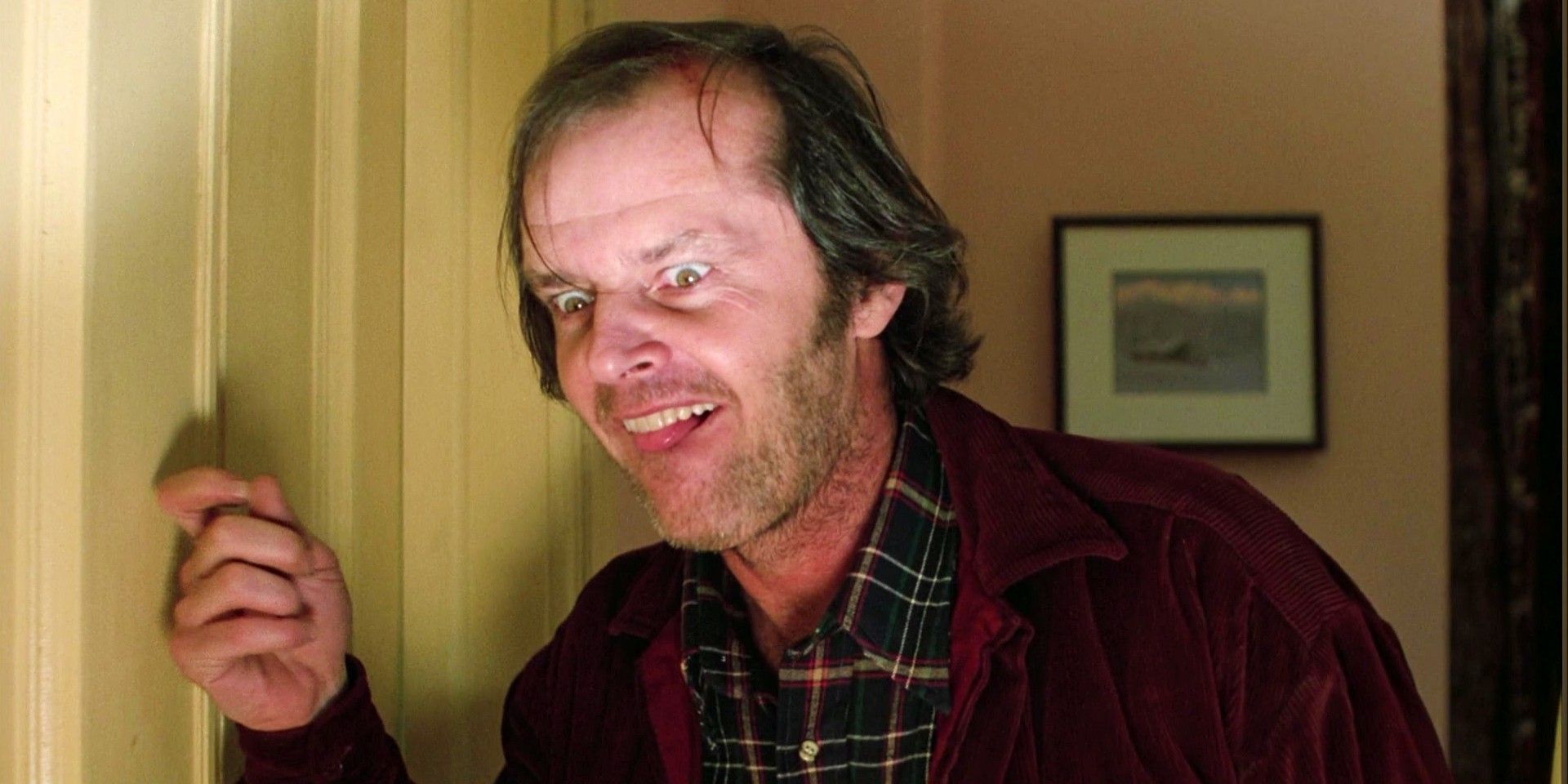
The soundtrack for Stanley Kubrick’s The Shining was arranged by Wendy Carlos and Rachel Elkind. Throughout the movie, they adapt several classical music pieces with electronic synthesizers. The music deployed throughout the opening credits adapts a melody known as the “Dies irae,” a 13th-century Gregorian chant describing death and the wrath of God. The most famous part of “Dies irae” is the first four notes, the same four notes that open The Shining. The four-note pattern was originally accompanied by the eponymous lyric, “Dies irae,” which translates to “the day of wrath.“
Subsequent composers deployed this melody for centuries, using it to allude to death and judgment. This four-note sequence became ubiquitous with death in opera, and eventually, cinema. It is used prominently in the soundtracks of Star Wars, The Lord of the Rings, and even The Nightmare Before Christmas‘ “Making Christmas.” The use of the “Dies irae” in The Shining immediately dictates that the Torrence family’s journey will be overshadowed by death and the lingering wrath of the father — in this case, Jack.
8 Jaws
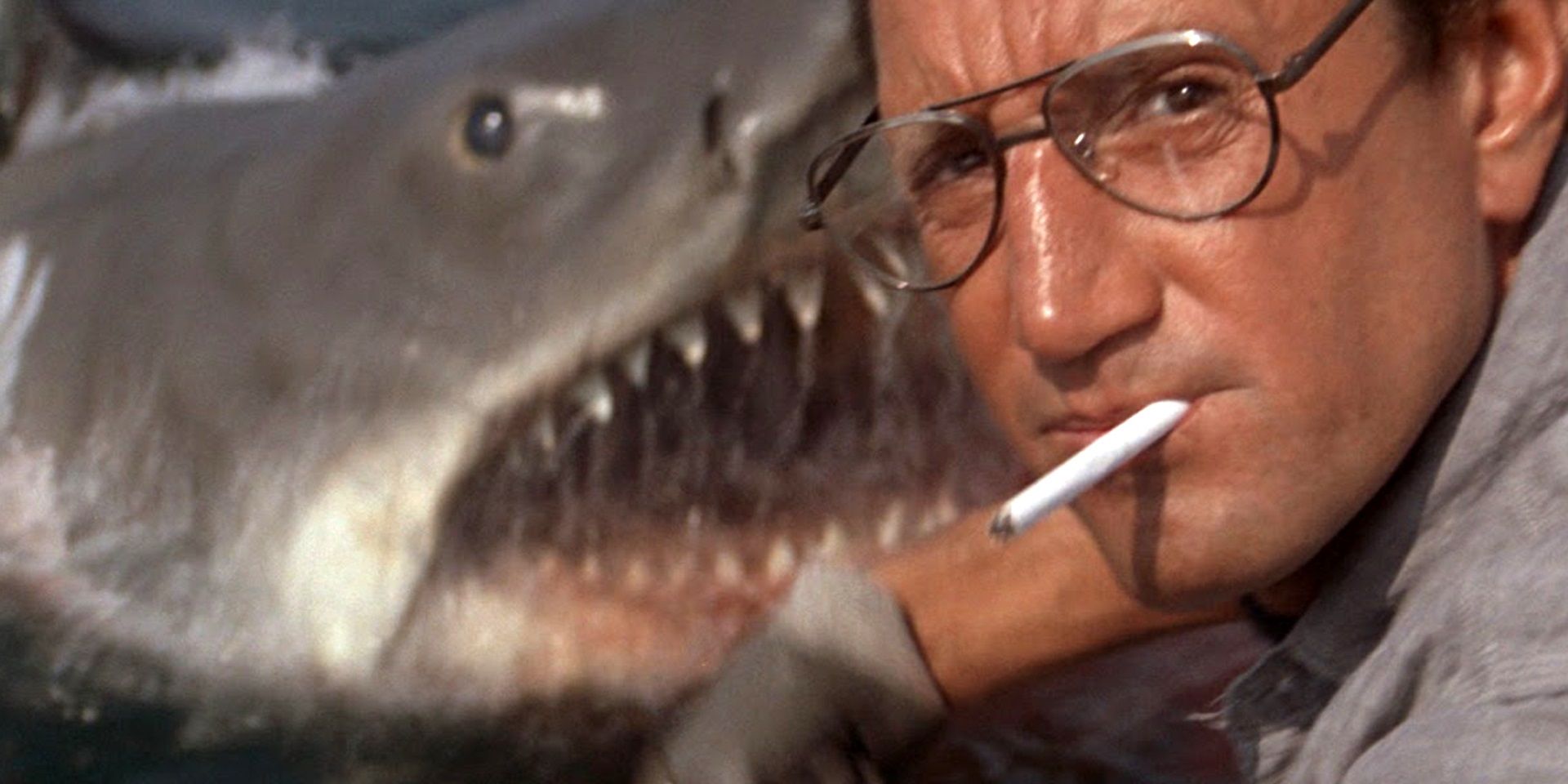
Steven Spielberg was faced with a malfunctioning mechanical shark while making Jaws. Spielberg decided that it was unrealistic and not particularly threatening, and he subsequently avoided filming any footage with the ineffectual prop, fearing it would rid the movie of any sense of terror. Thankfully, film composing legend John Williams proffered an ideal solution. Williams composed his renowned Jaws theme by inverting the first two notes of “Dies Irae” and repeating them at an increasingly rapid tempo.
The intention was to create the presence of the shark without needing to depict it on the screen. Williams’ score was successful in this, and Spielberg credited Williams as the man who gave him Jaws‘s monstrous antagonist. Whenever the presence of the shark needed to be suggested, the simple motif was deployed, suggesting a terrifying and unrelenting death was quickly approaching. It worked so efficiently that generations of audiences were petrified of a shark they barely saw.
7 Friday The 13th
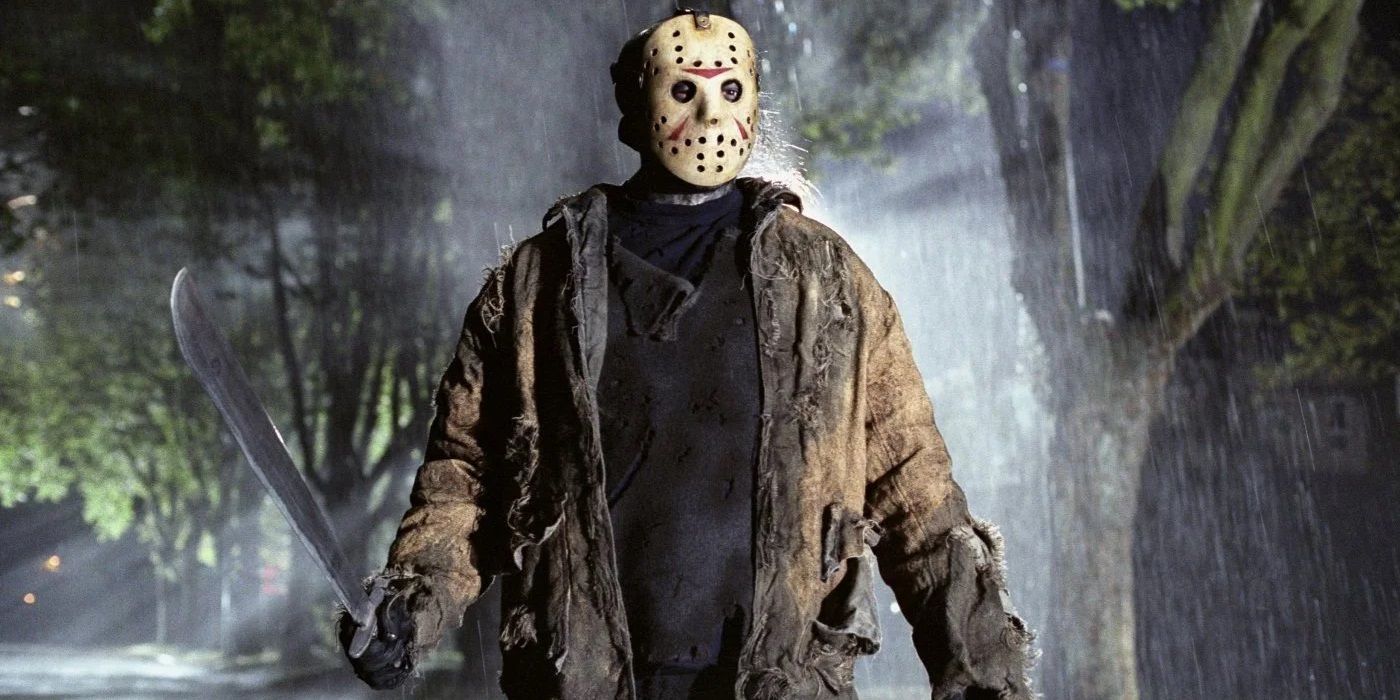
Much like Jaws, the producers behind the first Friday the 13th movie were faced with a missing villain problem. Upon completion of the movie, they realized that there was little to differentiate between the handheld footage and the first-person perspective footage they shot from the killer’s point of view. The movie’s composer, Harry Manfredini, offered a solution. The decision was made that music would only appear when the killer was actually present.
Furthermore, in order to solidify the perspective shots in Friday the 13th, Manfredi included the iconic “ki ki ki, ma ma ma” vocal motif in Friday the 13th‘s music. Manfredi appropriated these vocal sounds from the final scene, during which Mrs. Voorhees says Jason said to her, “Kill her, mommy!” Manfredi took the “ki” from “kill” and the “ma” from “mommy,” and the iconic horror score was born. Interestingly, this means that the identity of the killer in Friday the 13th was suggested by the music in every scene told from her perspective.
6 Psycho
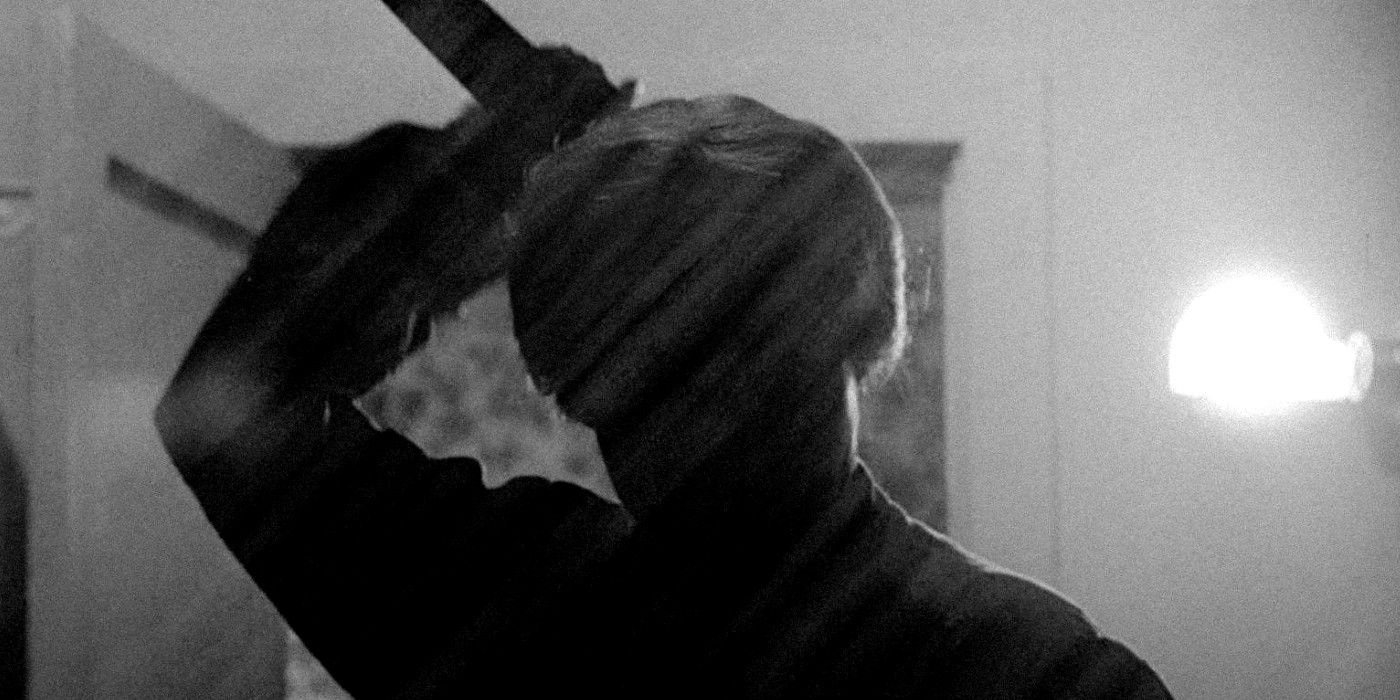
The infamous music for Alfred Hitchcock’s famed shower scene in Psycho was created by legendary horror composer Bernard Herrmann. Herrmann achieved the harsh, piercing violin stabs by having violin players bow their instruments on the wrong side of the bridge, creating the theme’s unnaturally piercing notes. Additionally, Herrmann very cleverly arranged the piece to intimate a stabbing motion. This is partly achieved through the “stabs” of the violin bow but also alluded to in the music.
With each bow of the violin, increasingly deeper-pitched notes are added. As a result, with each “stab” of the violin, the notes puncture further downwards. This is suggestive of a penetration – a penetration that is mostly unseen on the screen. The entire notion of Janet Leigh’s Marion Crane being stabbed brutally in the shower is conjured almost entirely through Psycho‘s score.
5 Rosemary’s Baby
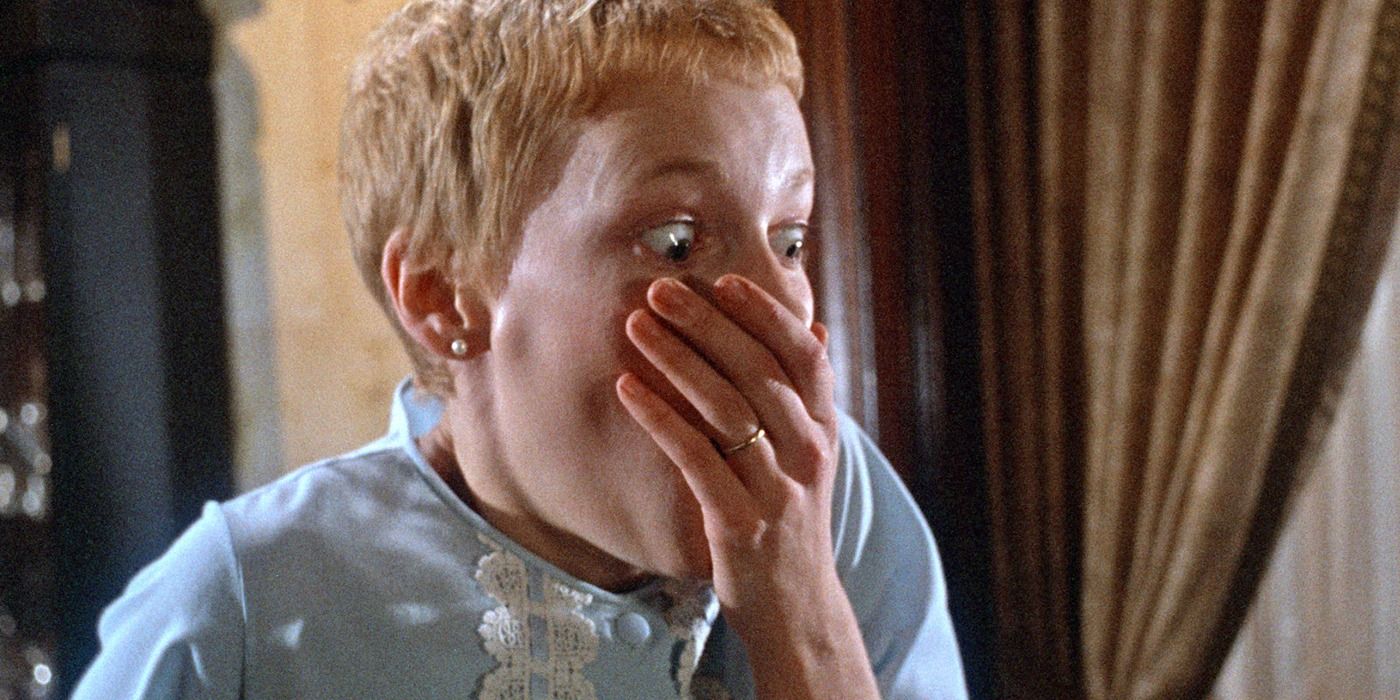
Rosemary’s Baby deploys a soundtrack primarily based on 1960s soft jazz. The score was arranged by Krzysztof Komeda, who infused typical horror techniques with jazz instrumentation and melodies to represent a threat to cultured, middle-class society. This is a key theme in Roman Polanski’s 1968 masterpiece, which depicts a seemingly secure and privileged woman who experiences a deep-rooted threat to the embodiment of her future: her unborn child.
The idea of refined culture is presented as a position of safety for the eponymous Rosemary. However, sinister undertones and chords suggest a threat to this aspirational lifestyle lies somewhere beneath the surface. This threat manifests itself during Rosemary’s Baby‘s ending, when several residents of the esteemed apartment building a revealed to be devil worshipers. The soundtrack bolsters the movie’s terrifying premise: that the future of middle-class America is under threat from evils secreted within.
4 A Nightmare On Elm Street
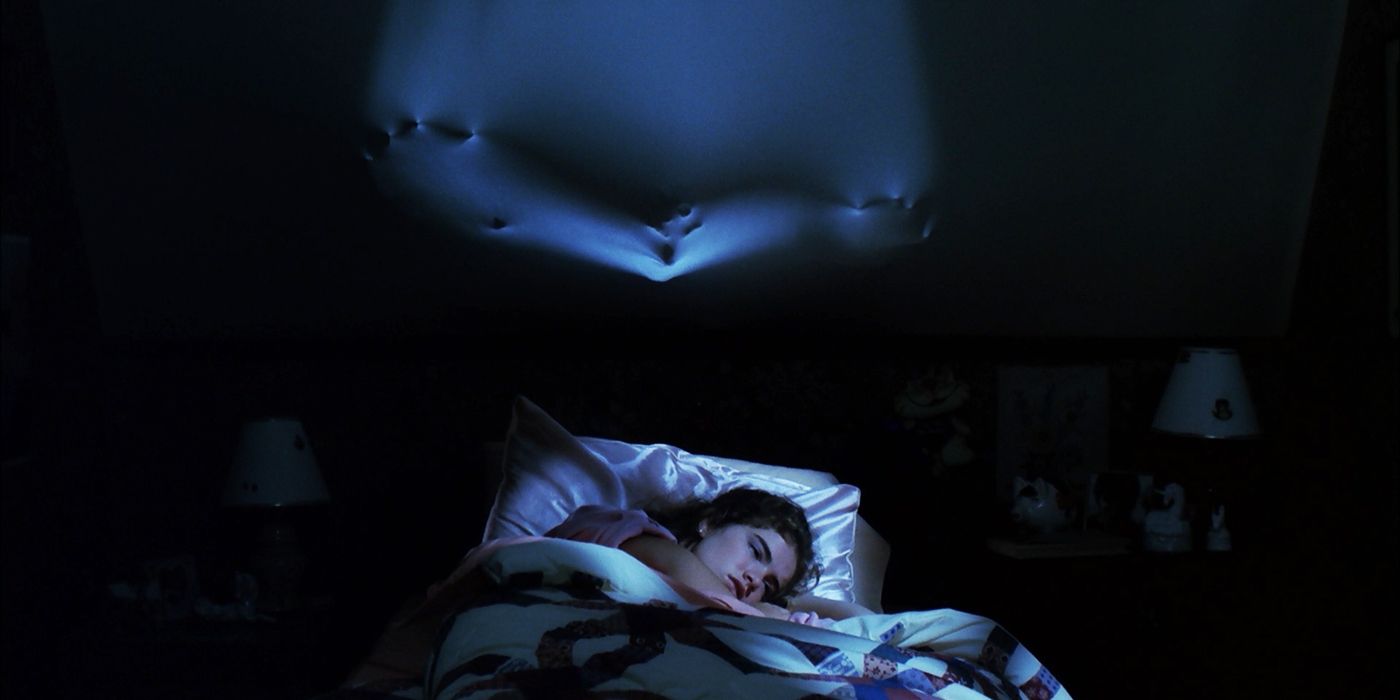
A Nightmare on Elm Street features an iconic main theme that appears throughout the franchise. It was composed by Charles Bernstein, who discusses his music in the documentary Never Sleep Again: The Elm Street Legacy. Bernstein placed several surprising leaps between notes, making the melody unpredictable and somewhat in opposition to typical Western harmony. This functions as a metaphor for Freddy Krueger and his nightmare realm. Like the motif, Freddy is not bound by human restrictions and can terrorize teenagers and audiences in any manner he desires. The melody is accompanied by a series of chords, which seem to try and establish a sense of order within the music.
These chords fail, however, much like the ineffectual adults in A Nightmare on Elm Street, all of whom attempt to establish order among their unruly teenagers. The chords completely ignore the melody, just as the parents ignore Freddy’s threat to their children. This is elaborated further by Freddy’s theme, the infamous children’s rhyme, “One, two, Freddy’s coming for you.” A sinister adaptation of the children’s song “One, Two, Buckle My Shoe,” it demonstrates the threat to children posed by Freddy Krueger.
3 Halloween
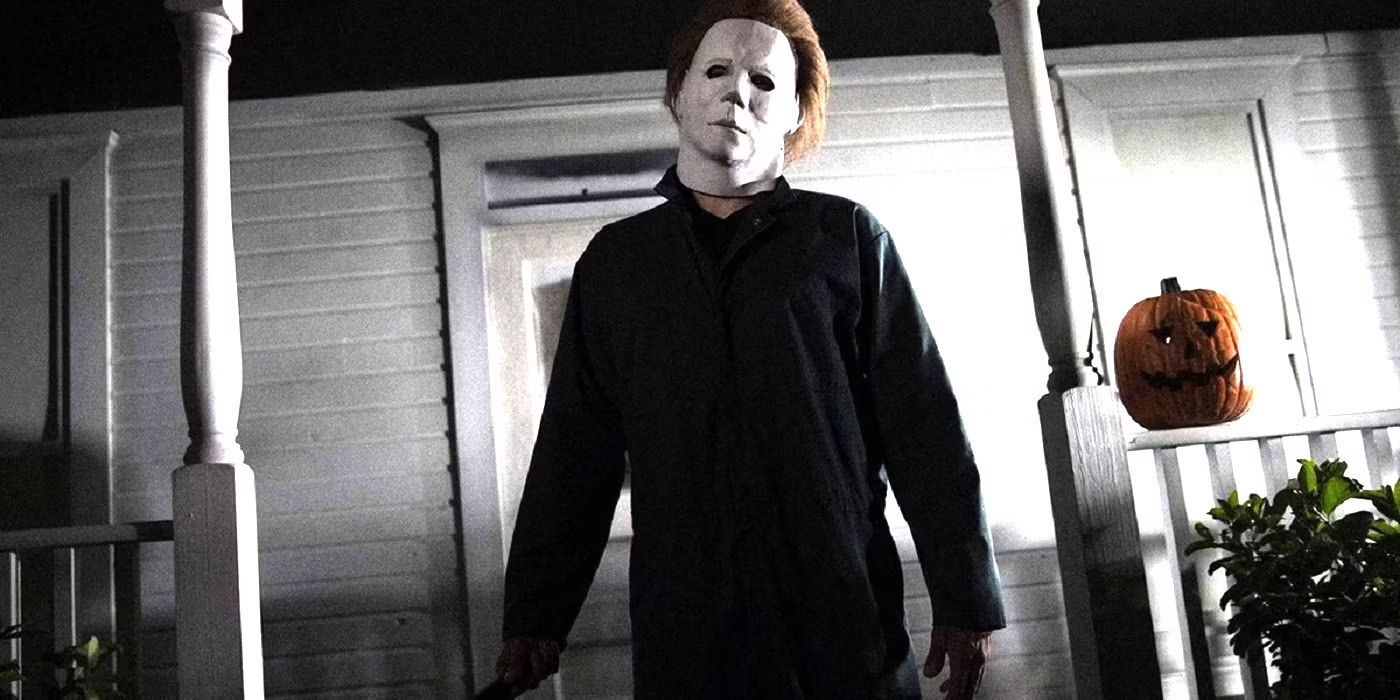
John Carpenter famously composed his own music for 1978’s Halloween. The highly memorable opening track features a cycling pattern of notes played on a piano. Carpenter accompanies this with a series of ominous synthesizer tones that drive the composition forward. Interestingly, the central piano motif keeps repeating. It mirrors the relentless nature of the antagonist Michael Myers, who is repeatedly depicted as an unstoppable and unrelenting force. Michael cannot be stopped or ceased, much like the repeating melody.
The soundtrack for Halloween suggests that Michael is inescapable, with each variation on the melody returning it its respective home. Meanwhile, the babysitters and unruly teenagers are trapped inside their various homes, unable to escape it as the ceaseless force of Michael lumbers forward. The soundtrack provokes the notion of inescapable isolation and a trudging inevitability throughout the opening credits. The result is a highly effective and unnerving tone laying the foundation for the remainder of Halloween.
2 Hellraiser
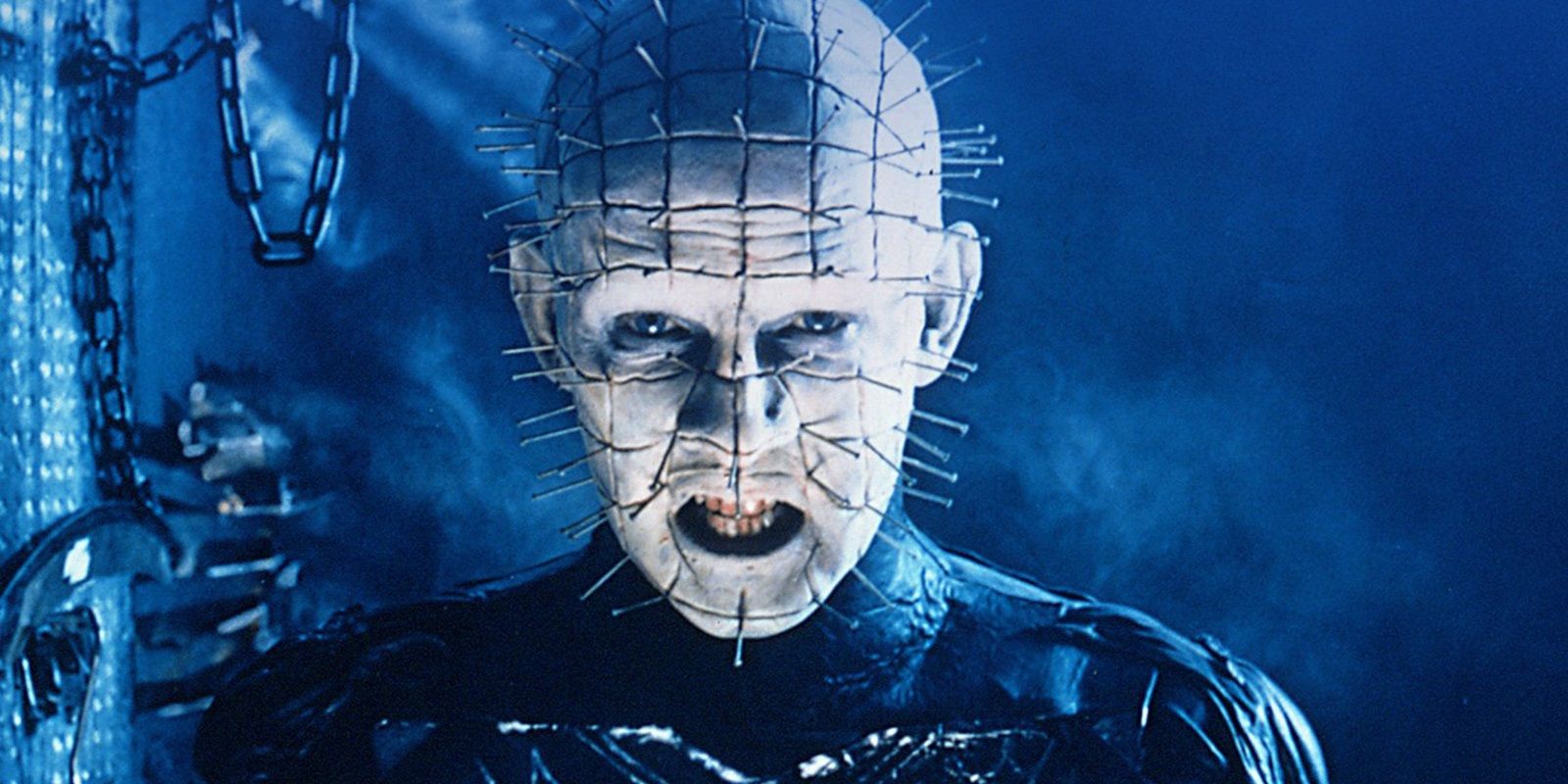
The Hellraiser soundtrack was composed by Christopher Young, who combined a range of themes and techniques to establish an infernal tone. Part of Young’s score features sliding string arrangements. The high-pitched, cutting sound reflects the flesh-slicing, soul-tearing techniques of the villainous Cenobites and their penchant for brutal torture. While Hellraiser does not need to simulate the physical violence in the same way as Psycho‘s theme, it is reminiscent of slicing and permeates the entire soundtrack.
The other major feature of the Hellraiser soundtrack is the use of overpowering fanfare, played on brass and organ. These appear throughout and recall the movie’s religious themes. The organ is used primarily in churches and other religious buildings, while brass horns are cited as heralding the arrival of angels — or, as Pinhead remarks, “Demons to some. Angels to others.” The hellish fanfare suggests a magnificence and grandeur, which is maintained in the sequel (Hellbound: Hellraiser 2) during its depictions of Hell. Interestingly, Young’s compositions sometimes slip into waltz timing, lending an incongruous jaunt to Cenobite’s bloodthirsty appetites.
1 The Fog
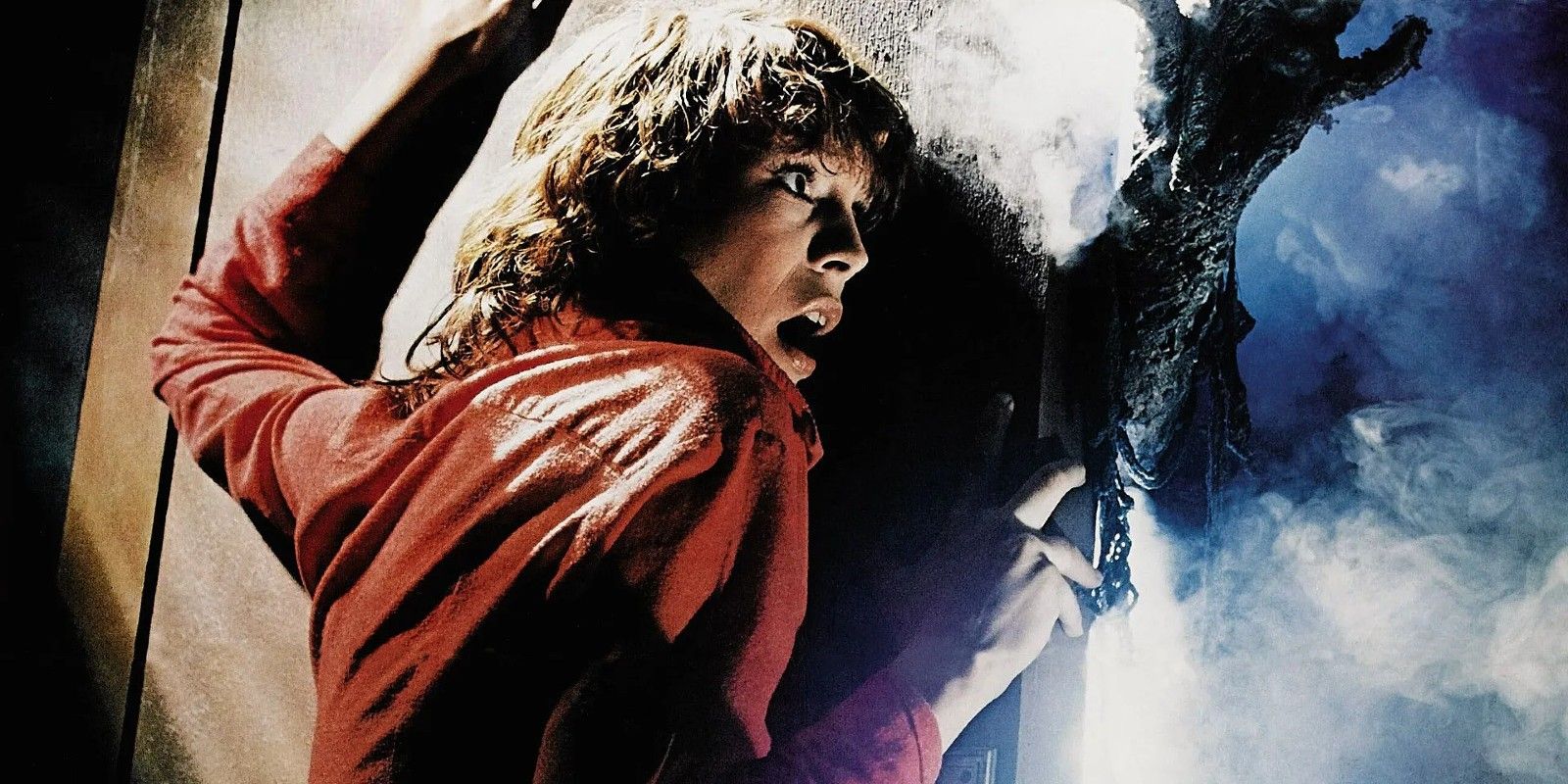
John Carpenter also produced the music for another one of his horror movies: 1980’s The Fog. Throughout the movie, a fog horn signals the arrival of fog in the small seaside town, which brings forth vengeful spirits to smite the local population. Carpenter astutely incorporated horn sounds into the score, with the harsh warning sound deployed at additional moments throughout the movie. The result of this is that Carpenter can allude to the presence of the monsters without needing to depict them at all.
Every time a fog horn is heard, the association conjures a threat to human life, meaning tension and foreboding is created even when there is no logical threat. The fog horn, like the threat of death, becomes an ever-present warning, present even when the fog is not. Carpenter’s score for The Fog is one of the most effective horror soundtracks ever, and it’s a perfect example of how music can provoke the fear and tension essential for horror movies.
